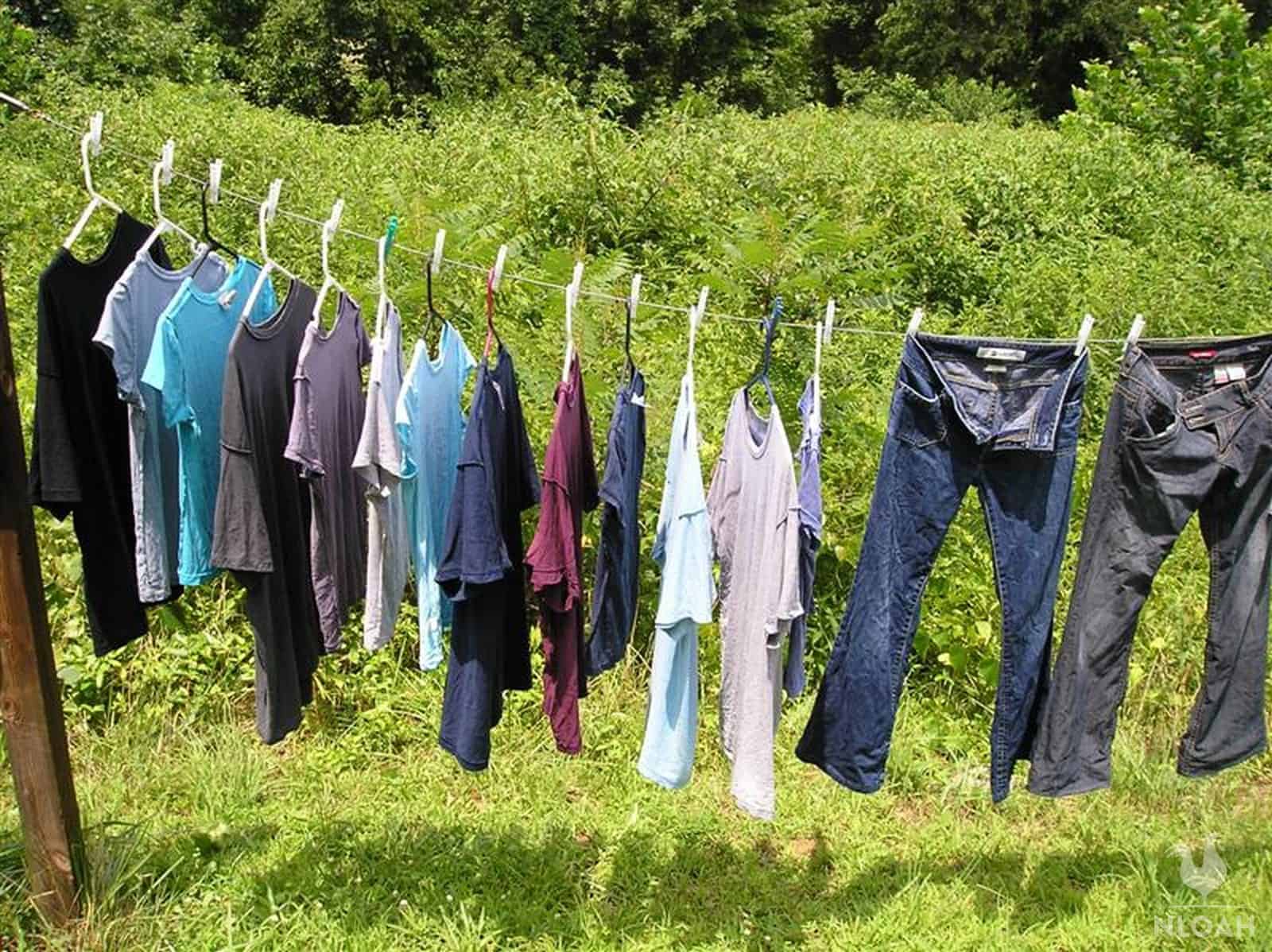
How Long Does It Take to Hang Dry Clothes: A Comprehensive Guide
A Day in the Life of Laundry
Laundry day can be a mundane chore or a zen-like experience, but either way, it’s a task we all have to face. Whether you’re a pro at hanging clothes or a reluctant participant, this article will delve into the intricacies of hang drying, offering tips and insights to make your laundry days more efficient. So, grab a cup of tea and let’s embark on a journey of hanging clothes.
What is Hang Drying?
Hang drying is an age-old method of drying clothes that involves suspending them on a line or rack to air dry. This technique, often associated with sustainability and energy efficiency, has gained renewed popularity in recent years due to its environmental and cost-saving benefits.
The Benefits of Hang Drying
Apart from being an eco-friendly alternative to tumble drying, hang drying offers several advantages:
- Reduced energy consumption: Clothes dryers are notorious energy hogs, while hang drying requires no electricity or gas.
- Extended garment life: The gentle drying process, void of heat and tumbling, helps preserve the fabric, reducing wear and tear.
- Lower utility bills: By eliminating dryer usage, you can save a significant amount on your monthly energy expenses.
- Fresher-smelling clothes: Unlike dryers, hang drying doesn’t trap moisture or dryer sheets, resulting in clothes that smell naturally fresh.
How Long Does It Take to Air Dry Clothes?
The time it takes for clothes to air dry depends on several factors:
- Humidity: Dry, breezy conditions accelerate drying, while humid environments prolong it.
- Temperature: Warmer air temperatures expedite drying compared to cooler temperatures.
- Fabric type: Lightweight fabrics like cotton and linen dry quicker than heavier fabrics like denim and towels.
- Size and thickness: Larger items, such as sheets and blankets, take longer to dry than smaller garments.
- Exposure to sunlight: Direct sunlight speeds up drying considerably.
Estimated Drying Times
As a general guideline, here are approximate drying times for common fabrics:
- Cotton: 2-4 hours
- Linen: 2-3 hours
- Synthetics (e.g., polyester, nylon): 3-5 hours
- Denim: 6-8 hours
- Towels: 8-12 hours
Tips for Faster Drying
To expedite the hang drying process, follow these simple tips:
- Choose the right line or rack: Select a location that receives good airflow and sunlight, such as an outdoor clothesline or a sunny balcony.
- Hang clothes loosely: Avoid overcrowding the line or rack to ensure proper air circulation.
- Use clothespins wisely: Secure clothes securely, but avoid pinching or stretching them.
- Flip clothes periodically: Rotate clothes halfway through the drying process for even drying.
- Employ a fan: Position a fan near the clothesline or rack to increase airflow.
Expert Advice for Hang Drying
Consult these expert recommendations to optimize your hang drying routine:
- For quicker drying, use a moisture-wicking fabric spray on clothes before hanging them.
- If clothes don’t dry overnight, bring them inside to a well-ventilated room to complete the process.
- To minimize wrinkles, dampen clothes with water before hanging them.
- For delicate fabrics, lay them flat on a drying rack rather than hanging them.
- Avoid hanging clothes outside during rain or inclement weather.
Frequently Asked Questions
Q: Is it safe to hang dry all types of clothes?
A: Most fabrics can be safely hang dried, except for delicate items, such as silk or lace. Always check the care label for specific drying instructions.
Q: What should I do if my clothes are still damp after hanging them overnight?
A: Bring the clothes inside to a well-ventilated room and hang them on a drying rack. Alternatively, use a fan to circulate air around the clothes.
Q: How can I reduce the drying time for heavy fabrics like towels?
A: Wring out excess water from towels before hanging them. Additionally, use a clothesline or rack that provides ample airflow.
Conclusion
Hang drying clothes is an economical and environmentally friendly way to dry your laundry. By understanding the factors that influence drying time and implementing the tips and expert advice provided in this article, you can master the art of hang drying, save energy, extend the life of your clothes, and enjoy the satisfaction of a fresh and naturally dried wardrobe.
If you found this article helpful, please let us know by leaving a comment below. We’re always interested in hearing from our readers, so feel free to share your hang drying experiences or ask any additional questions you may have.

Source Image: www.skylineclotheslines.com

Source Image: www.skylineclotheslines.com

Source Image: www.skylineclotheslines.com
Thanks for your enthusiasm for learning through reading this. How Long Does It Take To Hang Dry Clothes, is an excellent source for expanding your awareness.